Intel's next-generation processor microarchitecture is called "Nehalem", and it will usher in the era of CPU-based
memory controllers for the chip maker by the end of 2008. According
to manufacturers PCSTATS spoke with at Computex, the core has been under development for a
while and is very mature. To illustrate the point a live system was demo'd
by Intel to underscore the stability of the platform as it exists
now - B2 silicon allegedly. This core design utilizes hafnium-based 45nm hi-k metal
gate silicon technology, and is widely expected to have significant performance
gains over current Intel Extreme-series processors.
A new CPU with even more potential than Core 2 Duo, but what's the
catch?
For starters, Nehalem is only going to
release in Extreme-versions at first - in other words the most expensive high performance chips
that drive enthusiasts wild and break bank accounts. There's also one
other little change, Nehalem isn't compatible with current Intel Core 2 Duo
775 pin sockets.
Nehalem's architecture requires about twice as many connects, thus it's being
introduced with a new 1366-pin LGA socket that is slightly rectangular in shape.
Obviously, this means entirely new motherboards and heatsinks. On the plus side,
Nehalem can operate with DDR2 or DDR3 memory, depending on the path mobo
manufacturers take. At least one heatsink manufacturer, Noctua, is already
talking about issuing free socket 1366 mounting bracket adaptors for its range
of low-noise heatsinks going back to 2005.
|
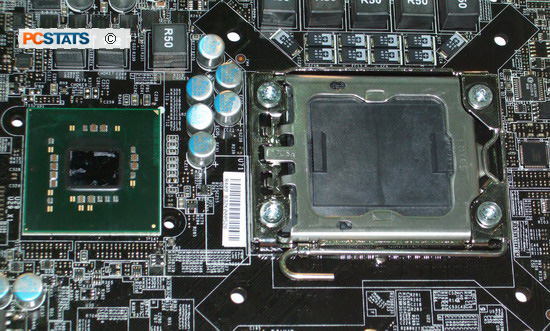
Intel X58 chipset and
new socket 1366 processor socket. The spacing of the heatsink mounting
holes is different than with LGA775 processors, so older heatsinks are not
compatible.
|
The short list of Nehalem features is highlighted by an integrated memory
controller - a design choice AMD made with the Athlon64 two years ago. Other
features include: dynamic scalability, managed cores, threads, cache,
interfaces, and power for energy-efficient performance on demand, 2-8+ cores and
up to 16+ threads with simultaneous multi-threading (SMT), scalable cache sizes
and Intel QuickPath technology.
At Computex 2008 this week, Intel showcased a half dozen socket 1366
Nehalem-ready motherboards in its booth at the new Nangang exhibition hall in
Taipei. The Nehalem motherboards and demo system were all based on the
upcoming Intel X58 "Tylersburg" chipset. Tylersburg is a PCI express 2.0
solution which supports 2x16 or 4x8 PCI-e videocards, Intel QuickPath
Interconnect, and most notably three channels of DDR3.;
|
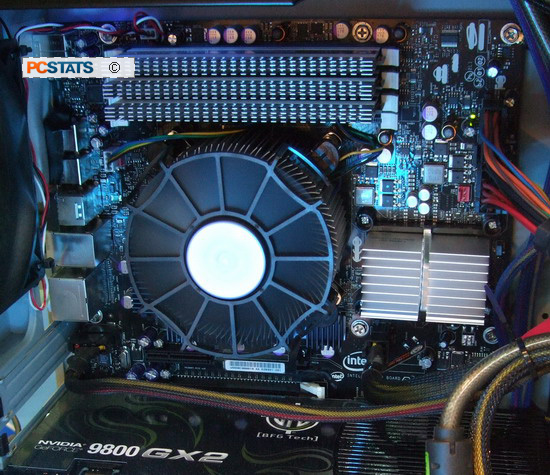
Inside the working
Intel Nehalem LGA1366 CPU and Tylersburg chipset demonstration platform.
Note the 3-channel DDR3.
|
|
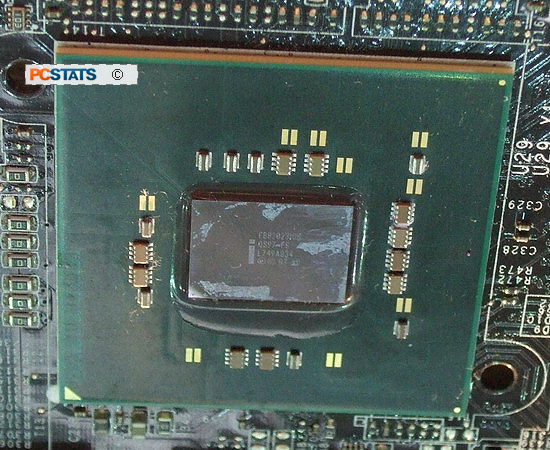
PCSTATS gets up close
with the Intel X58 Tylersburg chipset. Release date is Q4'
2008.
|
|
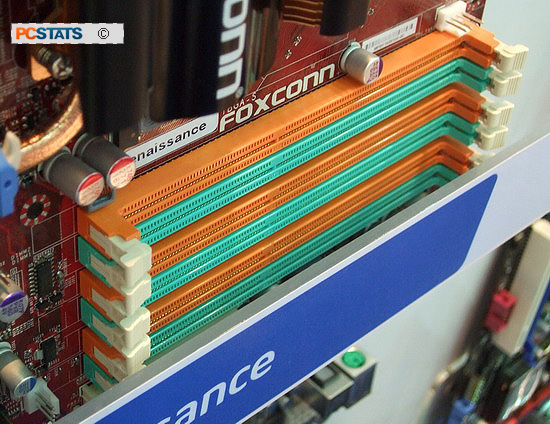
Two sets of
three-channel DDR3, in other words at least three DIMMs must be populated
to run.
|
|
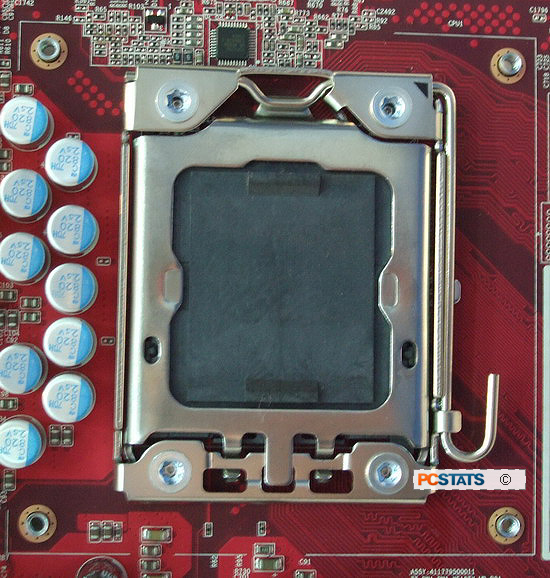
The new LGA1366
processor socket. The holes for the heatsink mounting clips are in a
different place than with LGA775 heatsinks, so those heatsinks are
incompatible. The CPU itself is also a little rectangular compared to the
LGA775 Core 2 Duo. Processor TDP is estimated at 95W.... but PCSTATS was
unable to verify this directly.
|
|
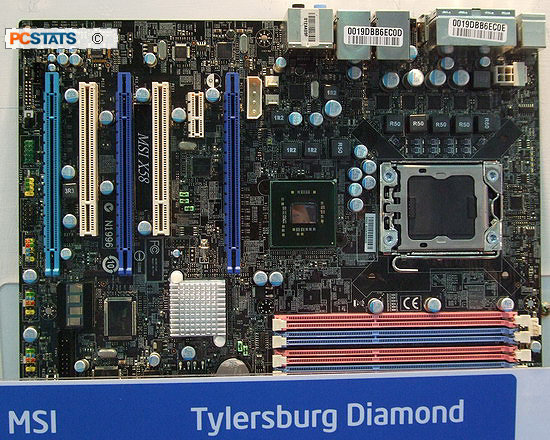
MSI Tylersburg
Diamond socket 1366 / Intel X58 / ICH10
motherboard.
|
|
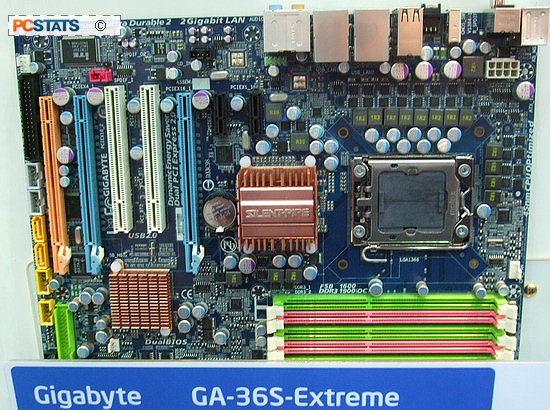
Gigabyte
GA-36S-Extreme socket 1366 / Intel X58 / ICH10
motherboard..
|
|
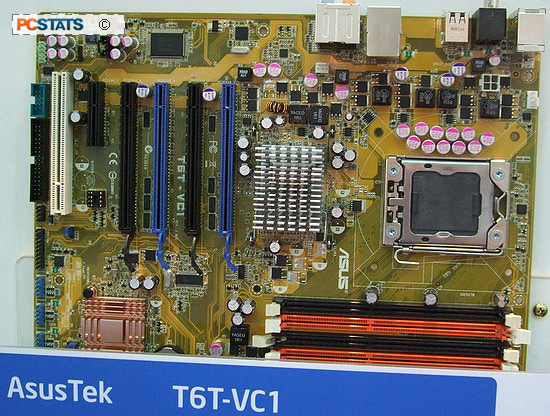
Asus T6T-VC1 socket
1366 / Intel X58 / ICH10 motherboard.
|
|
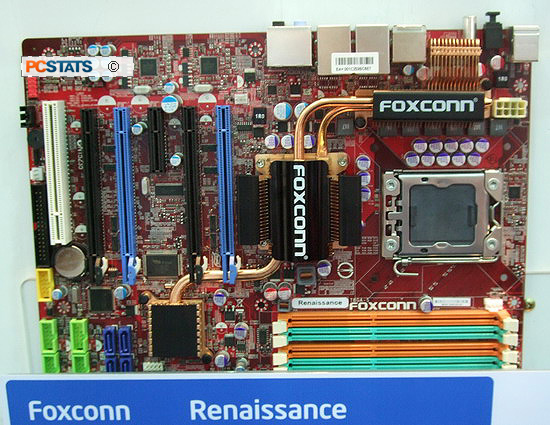
Foxconn
Renaissace socket 1366 / Intel X58 / ICH10
motherboard..
|
|
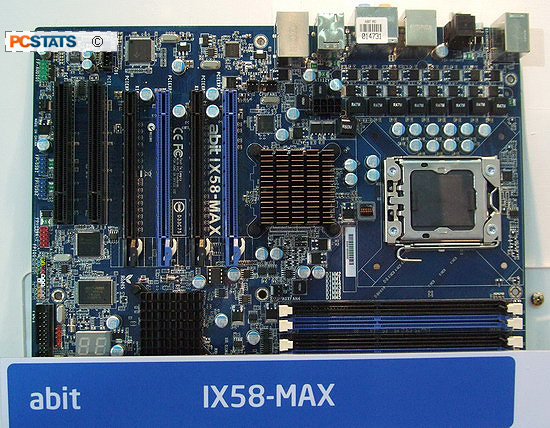
ABIT IX58-Max socket
1366 / Intel X58 / ICH10 motherboard.
|
|
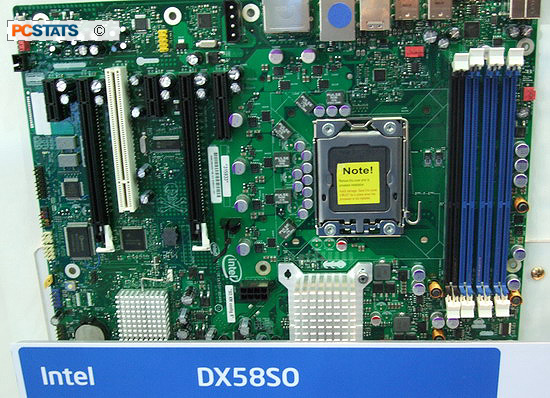
Intel DX58SO socket
1366 / Intel X58 / ICH10 motherboard.
|
|
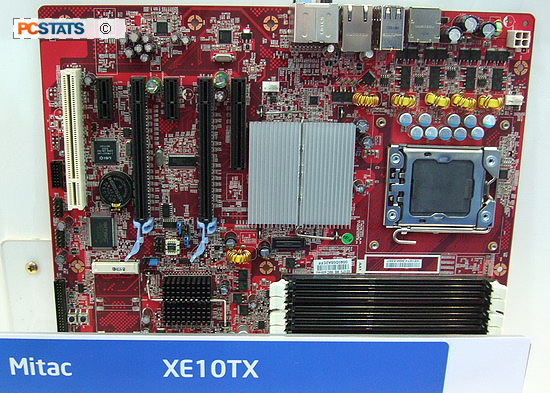
Mitac XE10TX ocket
1366 / Intel X58 / ICH10 motherboard.
|
More PCSTATS Computex
2008 coverage here.

